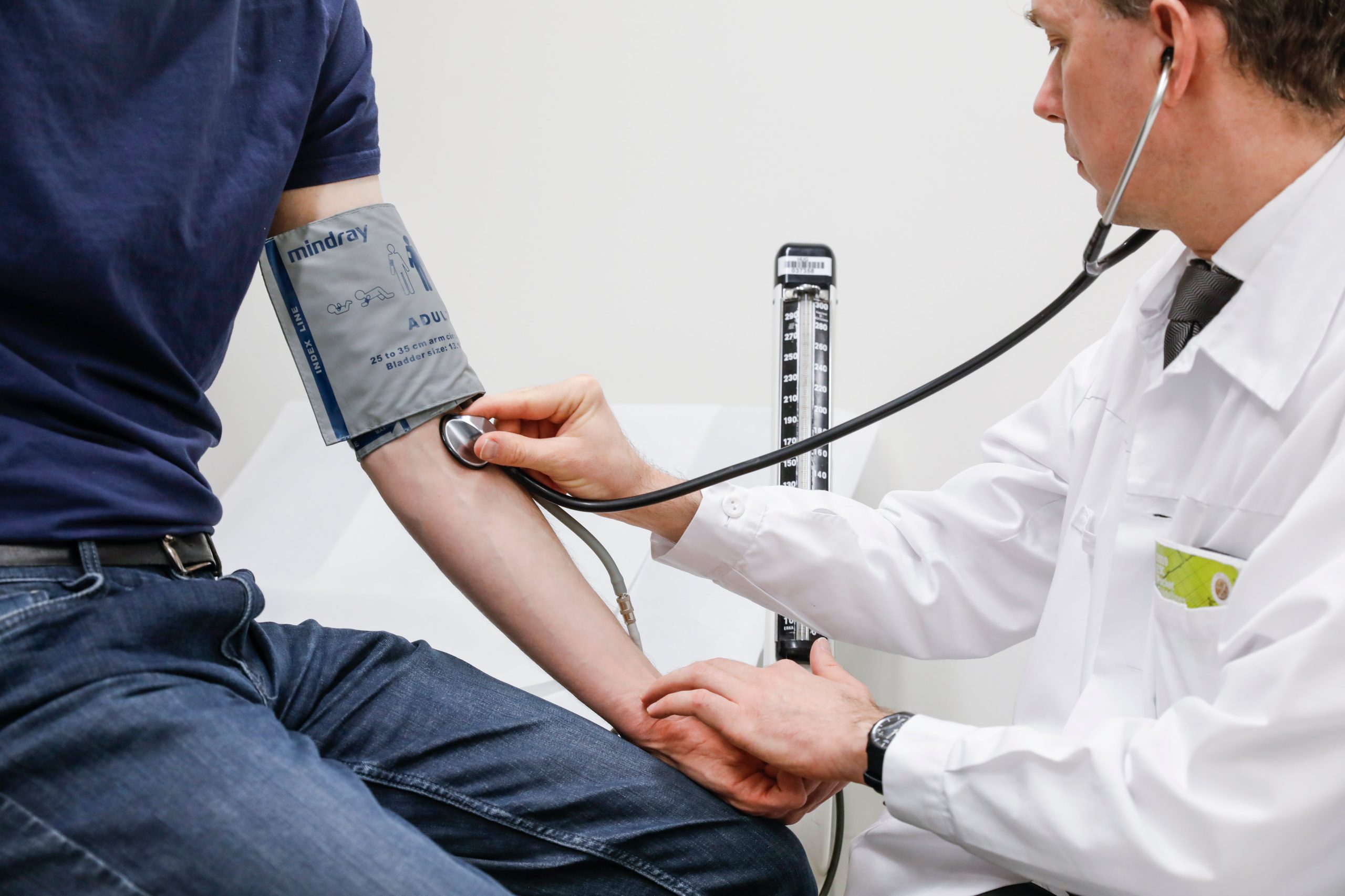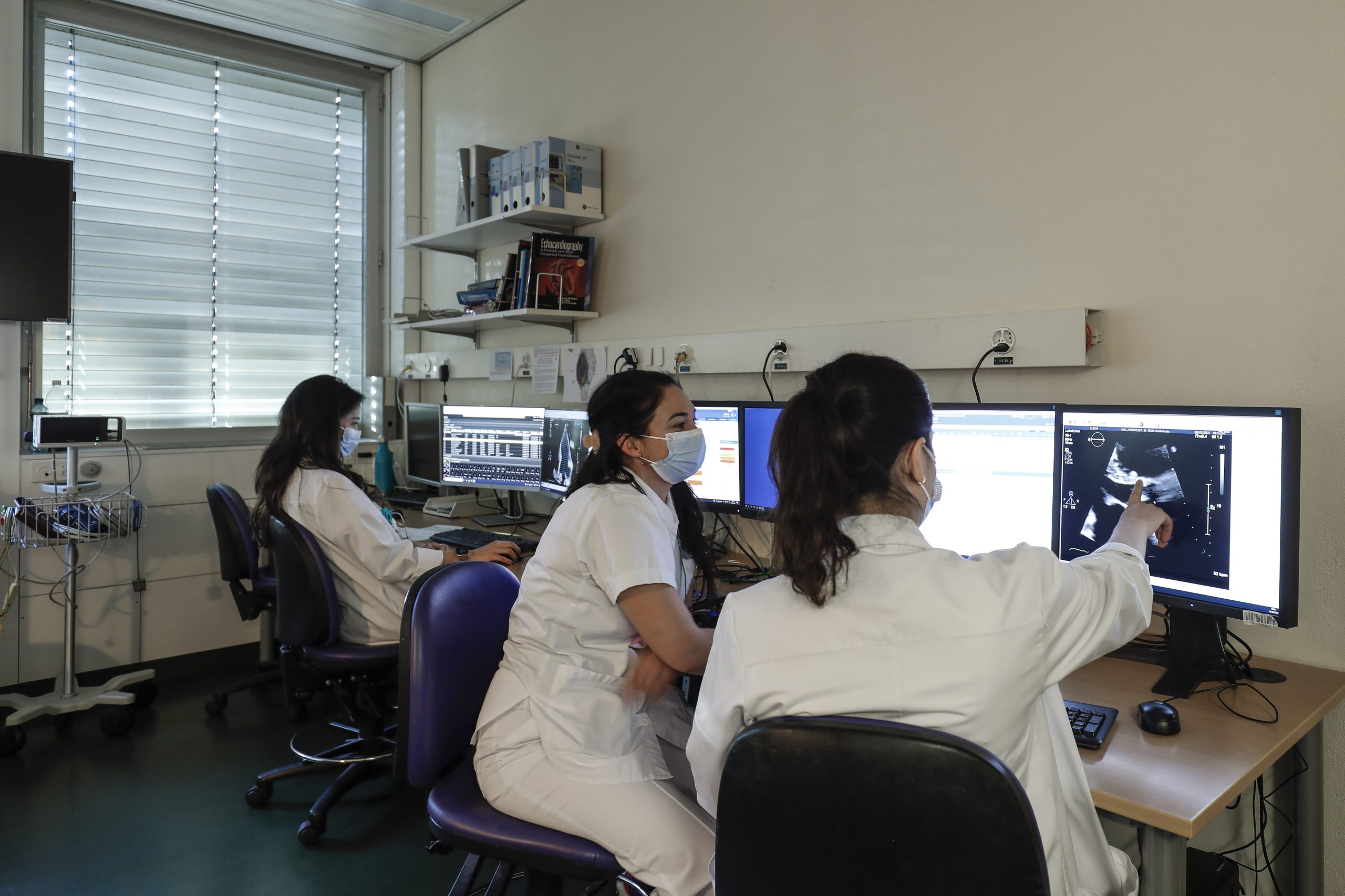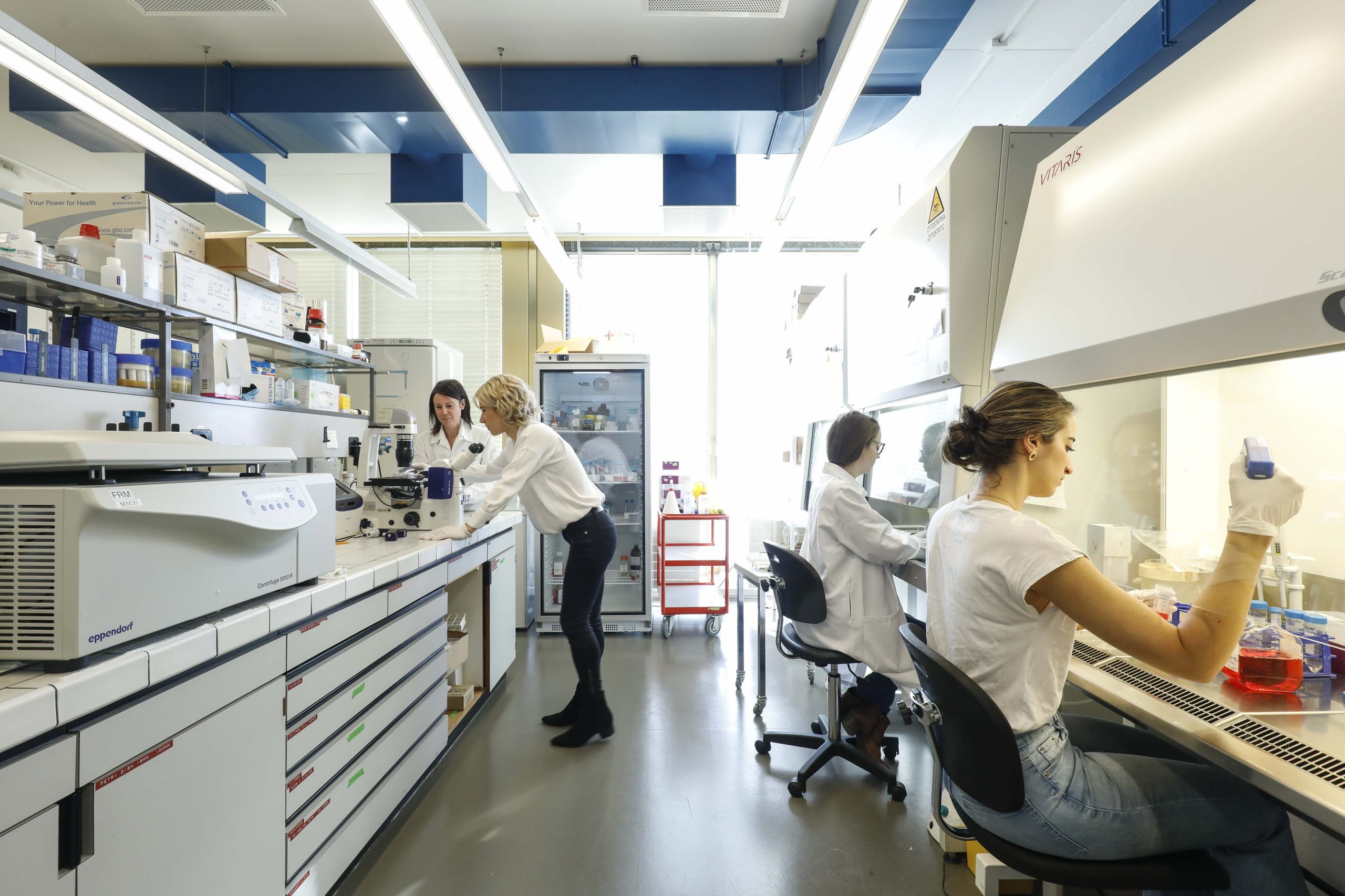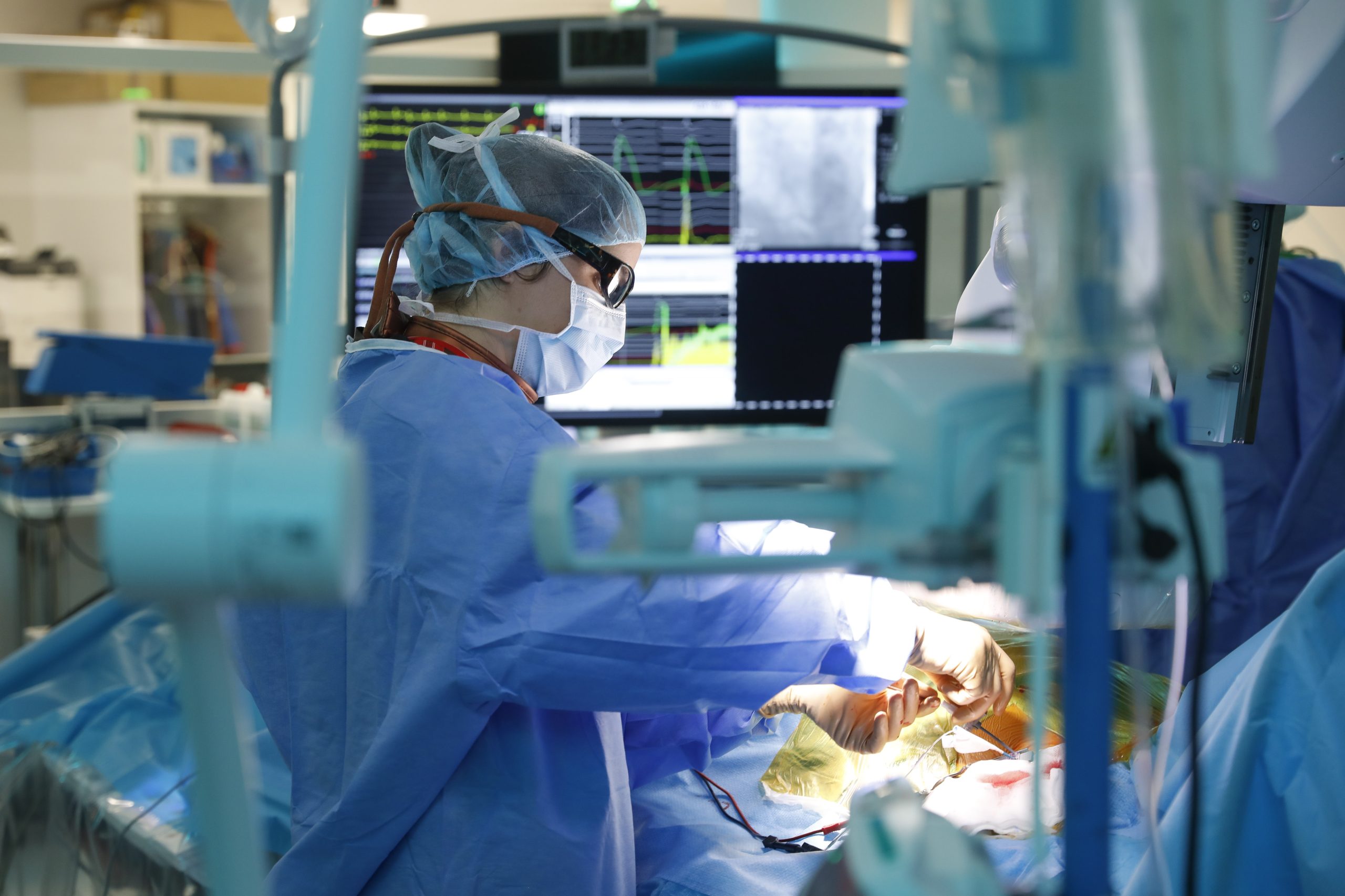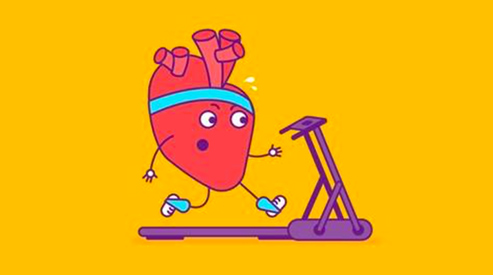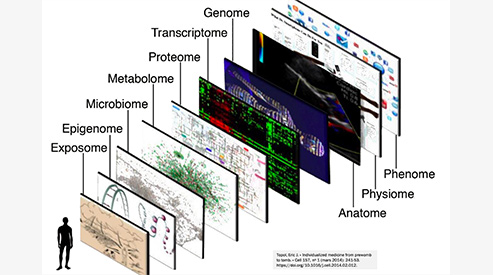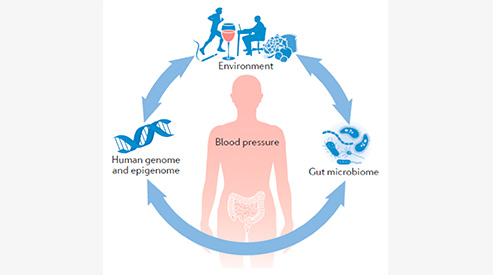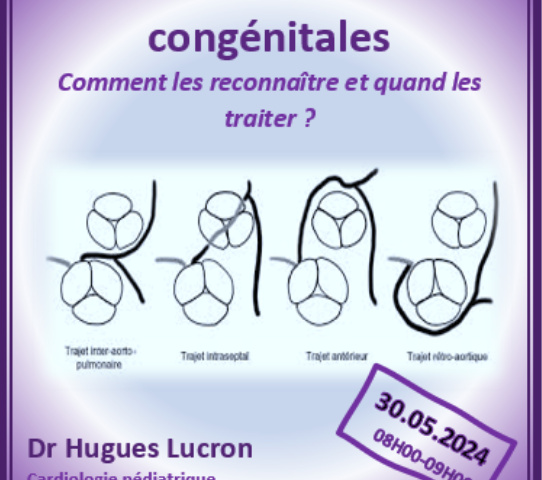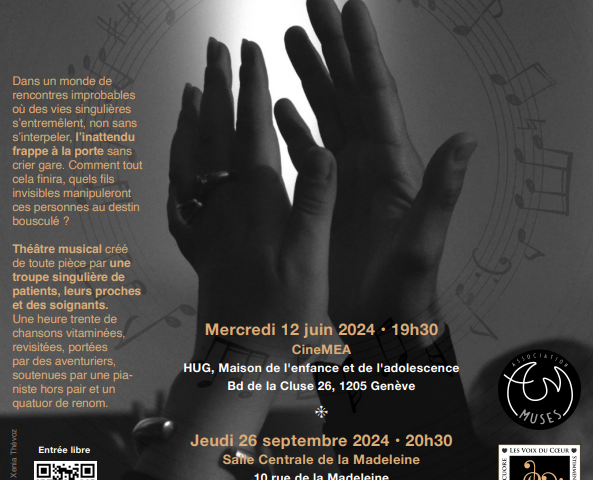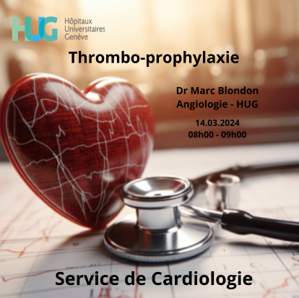The cardiology division
The cardiology department consists of several specialized units and additional areas of specialized activities. It also has its own outpatient clinic and offers a complete rehabilitation program.
Cardiac stimulation unit
The cardiac pacing unit supports hospitalized and ambulatory patients who require cardiac stimulation by a pacemaker or defibrillator.
Nuclear Cardiology Unit
Nuclear medicine makes it possible to assess the suffering of the heart muscle as well as the sequelae of a heart attack.
Cardiovascular rehabillition programs
Cardiovascular rehabilitation is an effective treatment for people who have heart failure or had a recent cardiac event (myocardial infarction, coronary angioplasty, cardiac surgery, etc.).
Cardiogeriatric activity
The cardio-geriatric consultation offers multidisciplinary care within the internal medicine and rehabilitation service, in connection with all the specialties of the Cardiology service.
Structural Cardiology Unit
The Structural Cardiology Unit specializes in the management of patients with heart conditions unrelated to atherosclerosis, such as valve disease or congenital pathologies in adulthood.
Acute heart failure unit
The Acute Heart Failure Unit takes care of patients with advanced heart failure with all therapeutic means ranging from medication to device.
therapeutic-education-activity/
Cardiology has set up a Therapeutic Patient Education Team (PET). Their activities relate to prevention and cardiovascular rehabilitation programs for patients attending two poles: Preventive Cardiology and Secondary Prevention.
Preventive cardiology activity
We offer cardiovascular risk advice, principally in primary prevention but also, for optimization, in secondary prevention, typically in the context of a family history with early myocardial infarction or high cholesterol or arterial hypertension problem, with a multi-disciplinary approach.
Preventive cardiology activity
Cardiac MRI (Magnetic Resonance Imaging) provides a non-invasive assessment of myocardial anatomy, function and perfusion as well as the sequelae of heart attacks and structural abnormalities. These examinations are carried out in collaboration with the radiology department.
Cardio-oncology activity
The cardio-oncology consultation ensures the optimal management of cardiovascular diseases in cancer patients; whether in the context of pre-existing cardiovascular disease or in the context of cardiac toxicity of the anti-cancer treatment. The ultimate goal is to minimize the burden and negative impact of cardiovascular disease on cancer treatment success rates and overall survival in cancer patients. This consultation is performed in close collaboration with the oncology and hematology team with the aim not only to optimize cardiovascular care during cancer treatment with cardiotoxic potential (many chemotherapeutic drugs), but also to identify adequate and personalized surveillance strategies in cancer survivors at high risk of late cardiotoxicity.
Nuclear Cardiology unit
Nuclear medicine makes it possible to assess the suffering of the heart muscle as well as the sequelae of a heart attack.
Interventional cardiology unit
The Interventional Cardiology Unit of the Department offers a wide range of cardiac and non-cardiac endovascular services.
Electrophysiology unit
The electrophysiology unit treats inpatients and outpatients with cardiac arrhythmias.
Symposiums
LDL-cholesterol, the silence age
May 27, 2021by Prof François Mach
Inclisiran is a new small, synthetic interfering ribonucleic acid that lowers circulating LDL-C levels by using RNA silencing technology to reduce PCSK9 production. Administered subcutaneously at 0 and 3 months, then every 6 months, inclisiran has been shown to reduce LDL-C by approximately 50% in patients at high and very high cardiovascular risk or with a diagnosis of ‘familial hypercholesterolemia, but also in statin intolerant patients. New data is on the way, in particular on cardiovascular clinical outcomes, as well as the safety of use in adolescents.
On-Pump vs Off-Pump Coronary Artery Bypass Grafting
May 20, 2021by Dr Cikirilkcioglu
“Off-pump CABG” is CABG performed without the use of a heart-lung machine (cardiopulmonary bypass). This means the heart continues to provide blood to the rest of the body during the surgery. In off-pump CABG, the area around the blocked coronary artery is stabilized while the surgeon grafts the blood vessel on the ”beating” heart. In “on-pump CABG”, the heart is stopped with the body’s blood supply being maintained by the cardio-pulmonary bypass (CPB) machine.
Cardiovascular rehabilitation
April 15, 2021by Dre Tessitore
Cardiovascular rehabilitation comprises a set of activities favorably influencing the evolutionary process of the disease; it brings patients better physical, mental and social condition. The aim of such a program is to help patients maintain their health and to return as quickly as possible to their lives after an acute cardiac event. Optimal secondary prevention strategies can prevent up to 45% of deaths from myocardial infarction. In Switzerland, it is considered that 50% of eligible patients participate in a post-infarction rehabilitation program (75% at HUG)
LDL-cholesterol, the silence age
May 27, 2021by Prof François Mach
Inclisiran is a new small, synthetic interfering ribonucleic acid that lowers circulating LDL-C levels by using RNA silencing technology to reduce PCSK9 production. Administered subcutaneously at 0 and 3 months, then every 6 months, inclisiran has been shown to reduce LDL-C by approximately 50% in patients at high and very high cardiovascular risk or with a diagnosis of ‘familial hypercholesterolemia, but also in statin intolerant patients. New data is on the way, in particular on cardiovascular clinical outcomes, as well as the safety of use in adolescents.
On-Pump vs Off-Pump Coronary Artery Bypass Grafting
May 20, 2021by Dr Cikirilkcioglu
“Off-pump CABG” is CABG performed without the use of a heart-lung machine (cardiopulmonary bypass). This means the heart continues to provide blood to the rest of the body during the surgery. In off-pump CABG, the area around the blocked coronary artery is stabilized while the surgeon grafts the blood vessel on the ”beating” heart. In “on-pump CABG”, the heart is stopped with the body’s blood supply being maintained by the cardio-pulmonary bypass (CPB) machine.
Cardiovascular rehabilitation
April 15, 2021by Dre Tessitore
Cardiovascular rehabilitation comprises a set of activities favorably influencing the evolutionary process of the disease; it brings patients better physical, mental and social condition. The aim of such a program is to help patients maintain their health and to return as quickly as possible to their lives after an acute cardiac event. Optimal secondary prevention strategies can prevent up to 45% of deaths from myocardial infarction. In Switzerland, it is considered that 50% of eligible patients participate in a post-infarction rehabilitation program (75% at HUG)
News
Suscribe to our Newsletter
Error: Contact form not found.
Suscribe to our
Newsletter
Error: Contact form not found.

